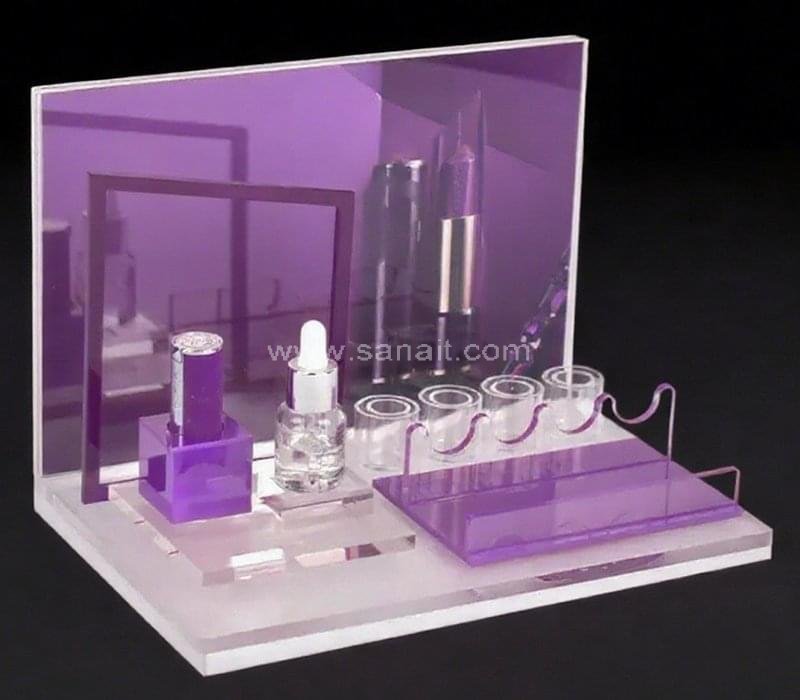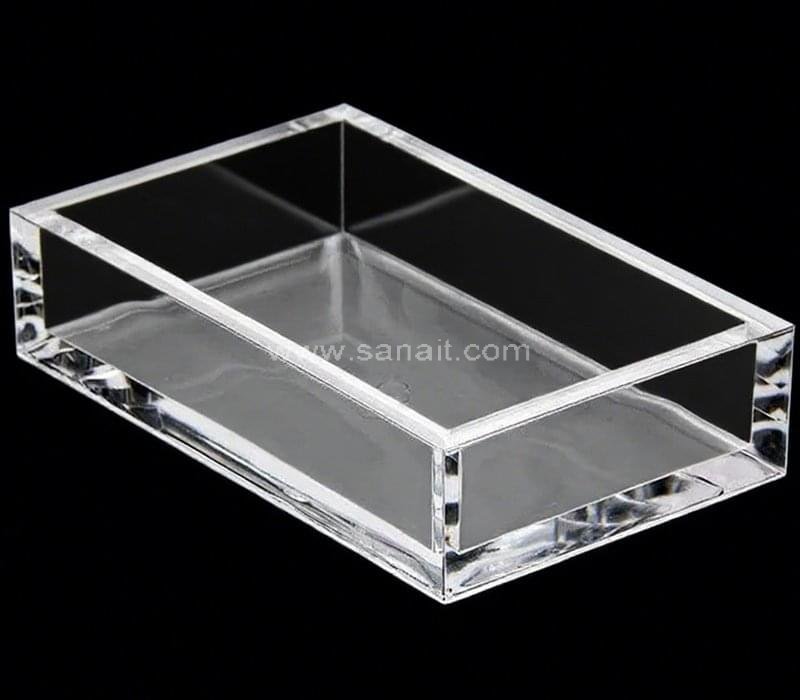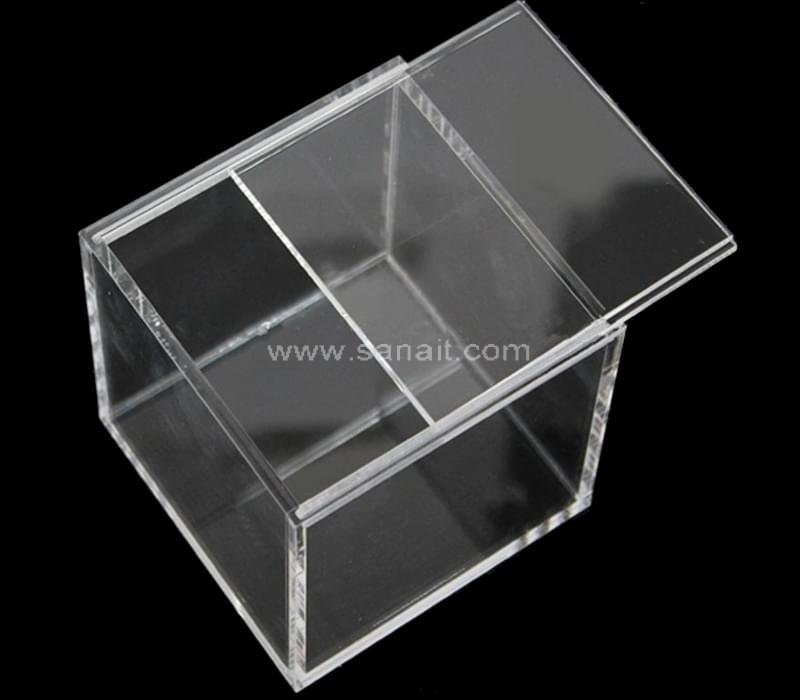In recent years, the acrylic products industry has witnessed a remarkable surge in demand, particularly for personalized and customized offerings. From home décor to corporate branding, acrylic’s versatility, durability, and aesthetic appeal have made it a go-to material for consumers and businesses alike. As the market evolves, the trend of personalization is driving innovation, reshaping how manufacturers and designers approach acrylic product development. This article explores the growing demand for customized acrylic products, the factors fueling this trend, and its implications for businesses and consumers.



The Appeal of Acrylic: Why It’s a Market Favorite
Acrylic, often referred to as Plexiglas or Lucite, is a lightweight, shatter-resistant alternative to glass. Its clarity, strength, and adaptability make it ideal for a wide range of applications, from signage and display cases to furniture and jewelry. Unlike glass, acrylic can be easily molded, cut, and colored, allowing for endless creative possibilities. It’s no wonder that industries ranging from retail to interior design have embraced acrylic as a material that balances functionality with style.
What sets acrylic apart is its ability to be customized with precision. Whether it’s laser-cutting intricate patterns, engraving personal messages, or creating vibrant, UV-printed designs, acrylic offers a canvas for creativity that few materials can match. This flexibility has caught the attention of consumers who crave unique, tailor-made products that reflect their personality or brand identity.
The Rise of Personalization in Consumer Culture
The demand for personalized acrylic products is part of a broader cultural shift toward individuality. In an era where mass-produced goods dominate, consumers are increasingly seeking items that feel special and unique. This is evident in everything from custom phone cases to bespoke home décor. According to a 2023 report by McKinsey, 71% of consumers expect companies to deliver personalized experiences, and 76% get frustrated when this doesn’t happen. Acrylic, with its adaptability, is perfectly positioned to meet these expectations.
For individuals, personalized acrylic products offer a way to express their style or commemorate special moments. Acrylic photo frames engraved with names or dates, custom keychains with monograms, or even bespoke acrylic art pieces have become popular choices for gifts and personal keepsakes. For businesses, acrylic signage, awards, and promotional items can be tailored to reflect brand colors, logos, or specific messaging, creating a memorable impression.
The rise of e-commerce has further amplified this trend. Online platforms make it easier than ever for consumers to upload designs, choose colors, and specify details for their acrylic products. Small businesses and independent artisans, in particular, have capitalized on this, offering custom acrylic goods through platforms like Etsy and Shopify. These platforms have democratized access to personalization, allowing even small-scale creators to compete with larger manufacturers.
Technology Driving Customization
Advancements in manufacturing technology have been a game-changer for the acrylic industry. Laser cutting and engraving machines, for example, allow for intricate designs with pinpoint accuracy. CNC routers enable manufacturers to create complex shapes and patterns, while UV printing technology brings vibrant, full-color designs to life on acrylic surfaces. These tools have lowered the barriers to customization, making it more affordable and accessible for both businesses and consumers.
Moreover, software advancements have streamlined the design process. Consumers can now use online design tools to visualize their custom acrylic products in real time. These tools often include drag-and-drop interfaces, 3D previews, and instant pricing, making the customization process intuitive and engaging. For manufacturers, this means faster production times and the ability to scale personalized offerings without sacrificing quality.
Sustainability and Acrylic: Addressing Consumer Concerns
As the demand for personalized acrylic products grows, so does the need to address sustainability concerns. Acrylic is a petroleum-based plastic, and while it’s durable and recyclable, its production and disposal can have environmental impacts. Consumers today are more environmentally conscious than ever, with many prioritizing eco-friendly materials and practices.
In response, some manufacturers are exploring sustainable alternatives, such as bio-based acrylics or recycling programs for acrylic waste. Others are focusing on creating high-quality, long-lasting products that reduce the need for frequent replacements. By emphasizing durability and recyclability, the acrylic industry is working to align with the values of eco-conscious consumers while maintaining its appeal.
Market Opportunities and Challenges
The growing demand for personalized acrylic products presents significant opportunities for businesses. For manufacturers, investing in advanced machinery and user-friendly design platforms can attract a broader customer base. Retailers can differentiate themselves by offering unique customization options, while small businesses and artisans can carve out a niche by focusing on bespoke, high-quality acrylic goods.
However, challenges remain. The customization process can be resource-intensive, requiring skilled labor and specialized equipment. Smaller businesses may struggle to compete with larger manufacturers that have the capital to invest in cutting-edge technology. Additionally, ensuring consistent quality across customized orders can be tricky, especially when dealing with complex designs or high volumes.
Another challenge is balancing cost with consumer expectations. While personalization is highly valued, consumers are often unwilling to pay a premium unless the product feels truly unique. Businesses must find ways to streamline production and reduce costs without compromising on quality or creativity.
The Future of Personalized Acrylic Products
Looking ahead, the demand for personalized acrylic products shows no signs of slowing down. As technology continues to advance, we can expect even more innovative ways to customize acrylic goods. For instance, 3D printing could open new possibilities for creating intricate, multi-layered acrylic designs. Augmented reality (AR) tools might allow consumers to preview their custom products in their homes before making a purchase.
The rise of personalization also aligns with broader trends in consumer behavior, such as the desire for authenticity and self-expression. As more people seek to stand out in a crowded digital world, acrylic products offer a tangible way to make a statement. Whether it’s a custom-designed acrylic award for a corporate event or a one-of-a-kind piece of wall art for a home, these products resonate with consumers who value individuality.
For businesses, the key to success lies in staying agile and responsive to consumer needs. By leveraging technology, prioritizing sustainability, and offering seamless customization experiences, companies can tap into this growing market and build lasting connections with their customers.
Conclusion
The acrylic products industry is at an exciting crossroads, where creativity, technology, and consumer demand intersect. The rise of personalized acrylic goods reflects a broader shift toward individuality and self-expression, offering businesses a chance to innovate and connect with their audiences in meaningful ways. As the market continues to evolve, those who can deliver high-quality, customized products while addressing sustainability concerns will be well-positioned to thrive. Whether you’re a consumer looking for a unique gift or a business seeking to stand out, acrylic’s versatility makes it a material worth celebrating.
